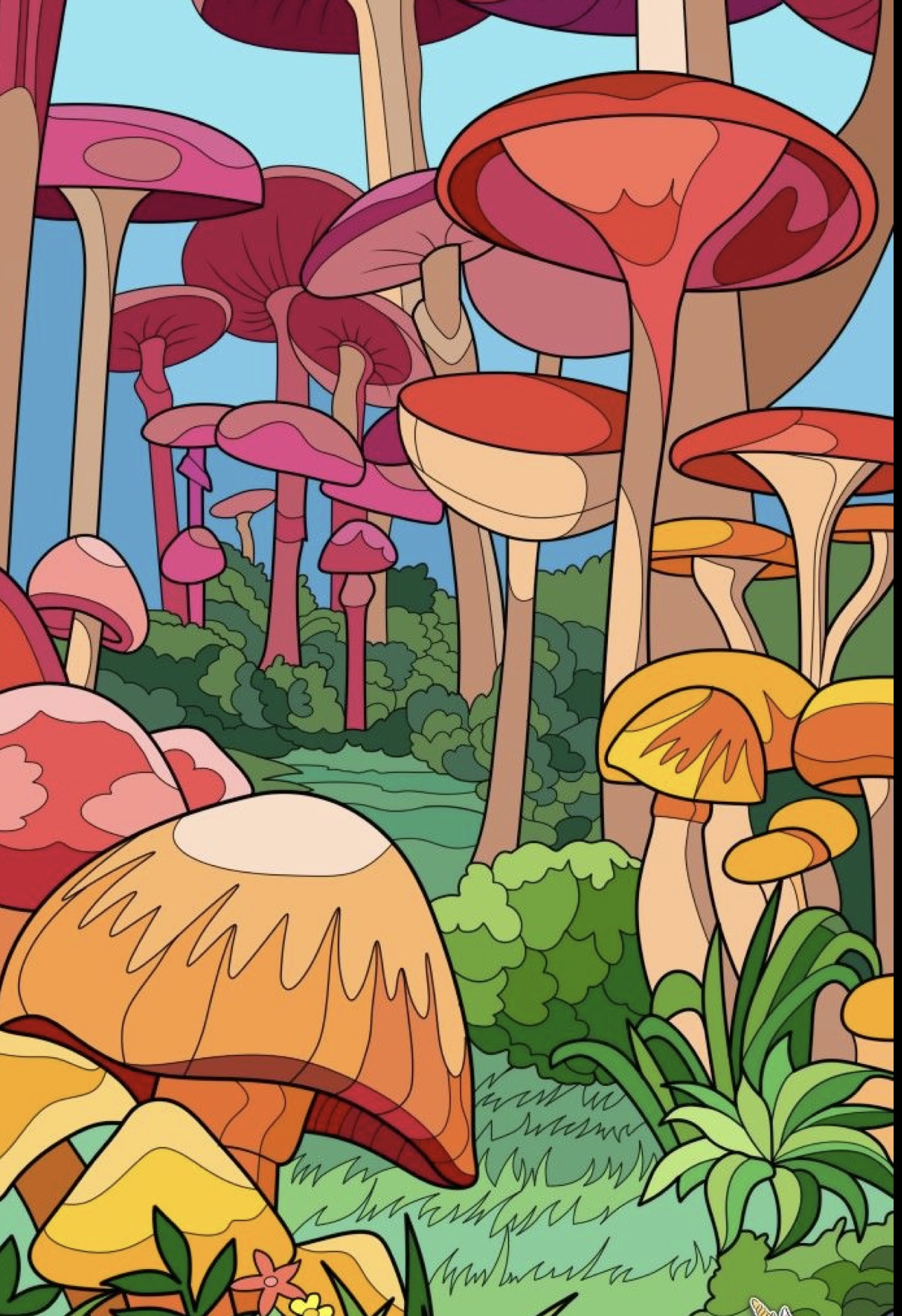

Magic mushrooms have gained popularity not only for their psychoactive properties but also for their potential therapeutic benefits. The economic viability of magic mushroom cultivation depends significantly on the method used. This article explores the cost-effectiveness of grow bags versus other methods, including detailed analyses of setup costs, operational expenses, and long-term benefits.

Magic mushrooms, specifically Psilocybe cubensis, contain psilocybin and psilocin, which are known for their psychoactive effects. As interest in the potential medicinal and therapeutic applications of psilocybin grows, so does the need for efficient cultivation methods. Whether for personal use or commercial production, choosing the right cultivation technique can dramatically impact profitability and sustainability.
Traditionally, magic mushroom cultivation has been carried out using techniques such as PF Tek, a method developed in the 1990s involving brown rice flour and vermiculite. This method, while effective for small-scale growers, presents limitations in scalability and contamination risk. In recent years, advances in cultivation technology have introduced grow bags as a viable alternative, promising greater efficiency and lower contamination rates.
Modern methods include the use of automated systems, climate-controlled environments, and improved substrate formulations. Grow bags, in particular, have gained traction for their convenience and effectiveness. These bags are often pre-sterilized and filled with a nutrient-rich substrate, making them an attractive option for both novice and experienced cultivators.
Grow bags simplify the cultivation process by offering a ready-to-use solution. Unlike traditional methods that require sterilization of jars or trays, grow bags come pre-sterilized and ready to inoculate. This reduces preparation time and minimizes the risk of contamination.
Setup Requirements Comparison
| Aspect | Grow Bags | Traditional Methods |
| Initial Setup Time | Minimal (Ready-to-use) | Extensive (Requires sterilization) |
| Space Requirements | Compact (Stackable) | Variable (Depends on setup) |
| Equipment Needs | Basic (Bags, shelves, lighting) | Extensive (Jars, sterilizers, etc.) |
Grow bags can be adapted to various types of mushrooms and substrates, making them a versatile tool for cultivators:
Advantages of Grow Bags
The initial investment for using grow bags can be lower compared to traditional methods, particularly for small-scale operations. Factors influencing the initial costs include the price of grow bags, substrate, and basic equipment.
Initial Setup Cost Comparison
| Item | Grow Bags | Traditional Methods |
| Grow Bags / Jars | $1 – $5 per bag | $2 – $3 per jar |
| Substrate | $10 – $15 per bag | $5 – $10 for DIY mix |
| Shelving / Storage | $50 – $100 | $50 – $150 |
| Lighting | $30 – $100 | $30 – $200 |
| Sterilization Equipment | N/A (Pre-sterilized bags) | $100 – $300 (Pressure cooker) |
| Total Initial Cost | $100 – $300 | $150 – $500 |
The substrate is a critical recurring expense in mushroom cultivation. Using grow bags can streamline this aspect:
Substrate Considerations
Substrate Cost Comparison
| Substrate Type | Cost (per unit) | Preparation Time |
| Pre-Mixed (Grow Bags) | $10 – $15 | Minimal (Ready-to-use) |
| DIY Mix (Traditional) | $5 – $10 | Extensive (Requires sterilization) |

Labor Cost Analysis
Labor Requirement Comparison
| Aspect | Grow Bags | Traditional Methods |
| Handling Frequency | Low | High |
| Maintenance Time | Low | High |
| Contamination Monitoring | Minimal | Extensive |
Maintaining optimal growing conditions (temperature, humidity, light) can impact operational expenses. Grow bags simplify environmental control compared to traditional methods.
Environmental Control Costs
Traditional methods like using jars and trays have been the standard in mushroom cultivation but come with their own set of challenges and costs. Understanding these can highlight the economic advantages of using grow bags.
P: Here’s a detailed comparison of traditional methods versus grow bags:
Traditional Methods vs. Grow Bags
| Factor | Grow Bags | Jars | Trays |
| Setup Cost | Moderate | Low | Moderate |
| Space Efficiency | High | Low | Medium |
| Contamination Risk | Low | High | High |
| Labor Requirements | Low | High | Medium |
| Scalability | High | Low | Medium |
Hydroponic systems, though less common for mushrooms, present a modern cultivation method with distinct cost implications. These systems are typically used for plant cultivation but can be adapted for mushrooms.
Hydroponic Systems vs. Grow Bags
| Factor | Grow Bags | Hydroponic Systems |
| Setup Cost | Moderate | High |
| Operational Cost | Low to Moderate | High |
| Space Efficiency | High | Variable |
| Complexity | Low | High |
| Suitability for Mushrooms | High | Low |
Automated cultivation systems are another modern approach that can be compared with grow bags in terms of economic aspects.
Automated Systems vs. Grow Bags
| Factor | Grow Bags | Automated Systems |
| Setup Cost | Moderate | High |
| Operational Cost | Low to Moderate | Low |
| Labor Savings | Low to Moderate | High |
| Scalability | High | Very High |
| Complexity | Low | High |
Yield potential and profitability are crucial for determining the economic viability of any cultivation method. Grow bags can offer competitive yields, which directly impact profitability.
Let’s analyze the potential revenue from using grow bags:
Yield and Profit Analysis
| Aspect | Grow Bags | Traditional Methods |
| Average Yield per Bag | 0.5 – 1 lb per flush | 0.3 – 0.7 lb per jar |
| Number of Flushes | 2 – 3 | 1 – 2 |
| Market Price (per lb) | $200 – $500 | $200 – $500 |
| Estimated Revenue | $200 – $1,500 per bag | $60 – $700 per jar |
The higher yields and multiple flushes possible with grow bags can lead to significant revenue, especially when compared to traditional methods that often yield less and are more prone to contamination and loss.
Beyond immediate profitability, the long-term economic benefits of using grow bags are notable. These include sustainability, scalability, and environmental impact.
Long-Term Benefits
Long-Term Viability Comparison
| Aspect | Grow Bags | Traditional Methods |
| Sustainability | High | Moderate |
| Scalability | High | Low to Moderate |
| Environmental Impact | Low | High |
| Resource Efficiency | High | Moderate |
Despite their advantages, grow bags have some potential drawbacks that need to be considered:
Drawbacks
Drawbacks Comparison
| Aspect | Grow Bags | Traditional Methods |
| Cost per Unit | Moderate to High | Low |
| Supplier Dependency | High | Moderate |
| Reusability | Low to Moderate | High |
Addressing common issues associated with grow bags can help mitigate their potential drawbacks and enhance their economic viability.
Mitigation Strategies
In summary, grow bags present a compelling economic option for magic mushroom cultivation. Their advantages in terms of ease of use, reduced contamination risks, and scalability make them suitable for both small-scale and commercial operations. While they come with some potential drawbacks, such as higher initial costs and dependency on suppliers, these can be effectively managed through strategic practices.
For those considering magic mushroom cultivation, grow bags offer a modern, efficient, and economically viable method that aligns well with current trends in sustainable and scalable agricultural practices. Whether you are a hobbyist looking to explore magic mushroom growing or a commercial grower aiming to optimize production, grow bags provide a flexible and cost-effective solution.